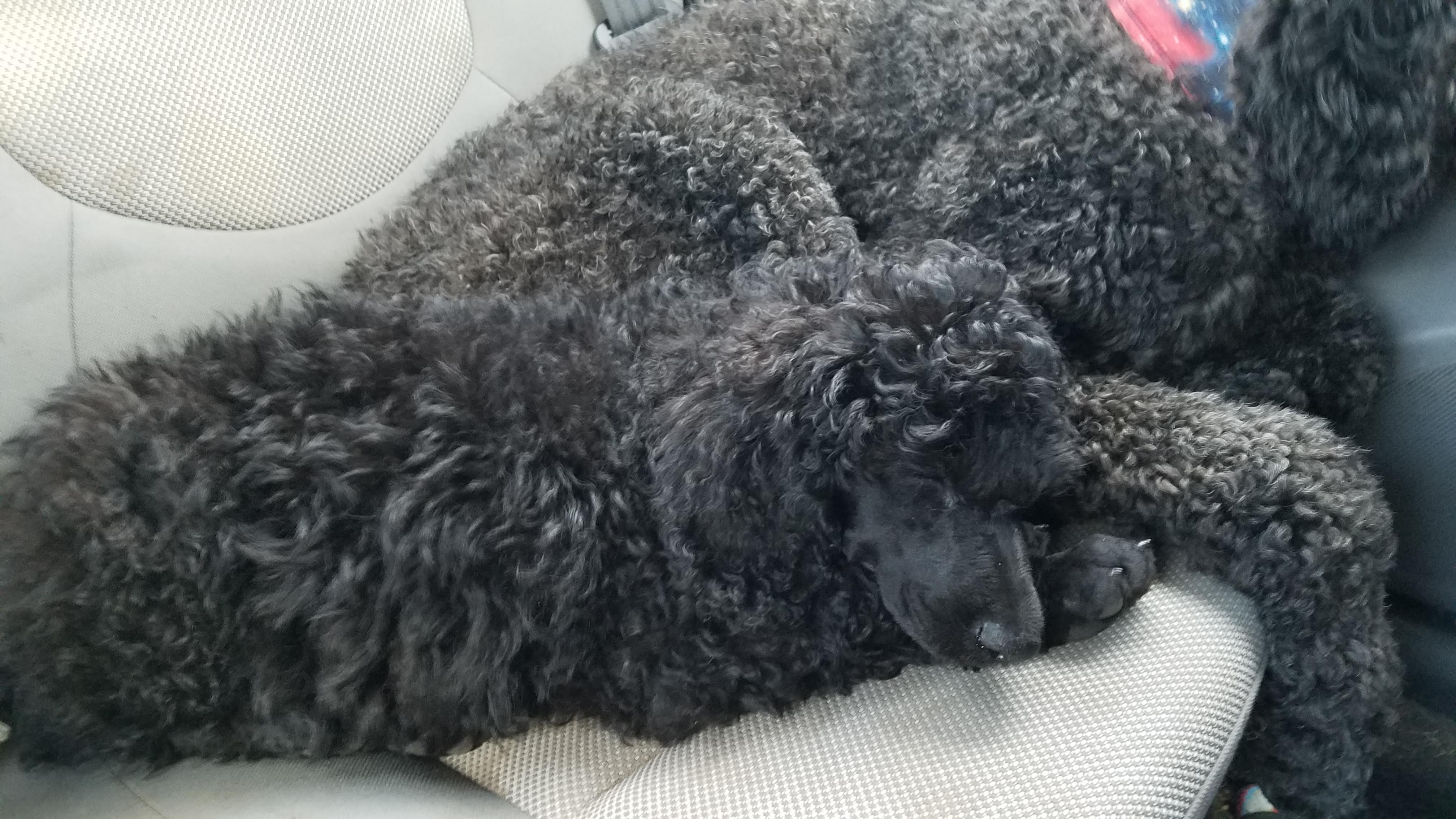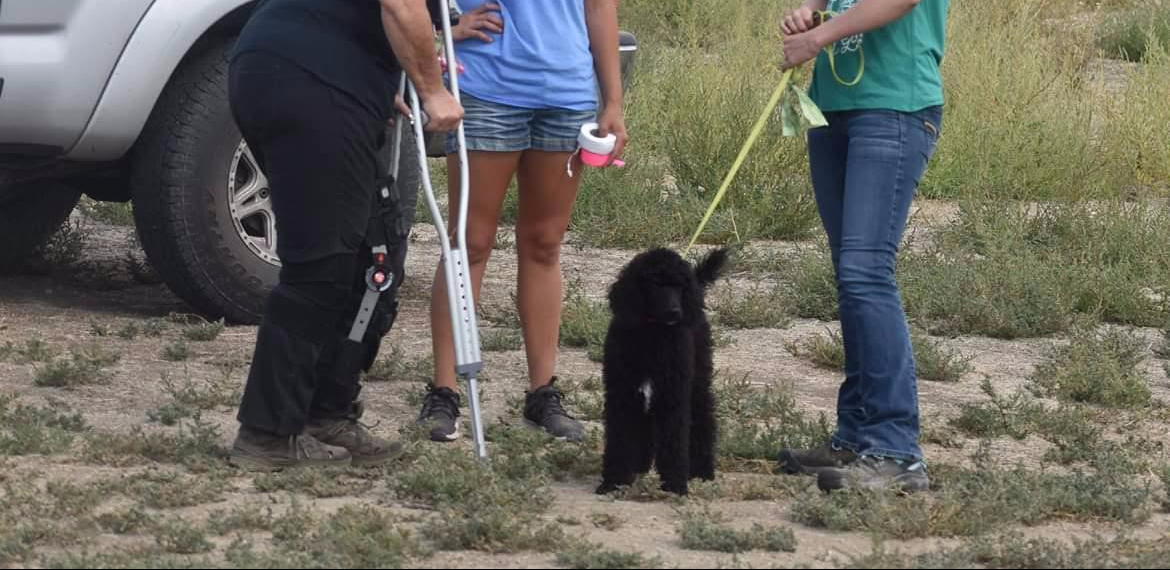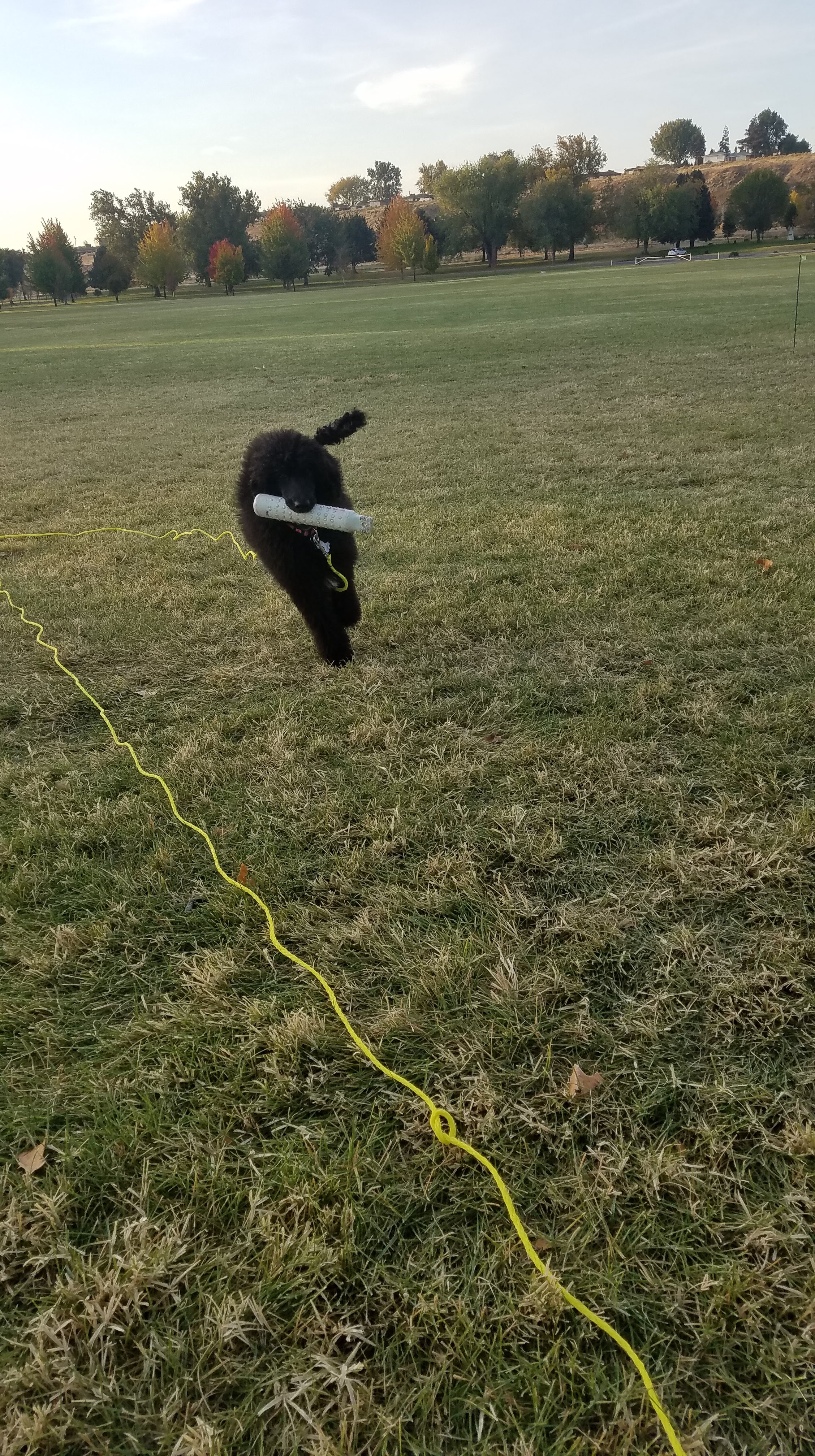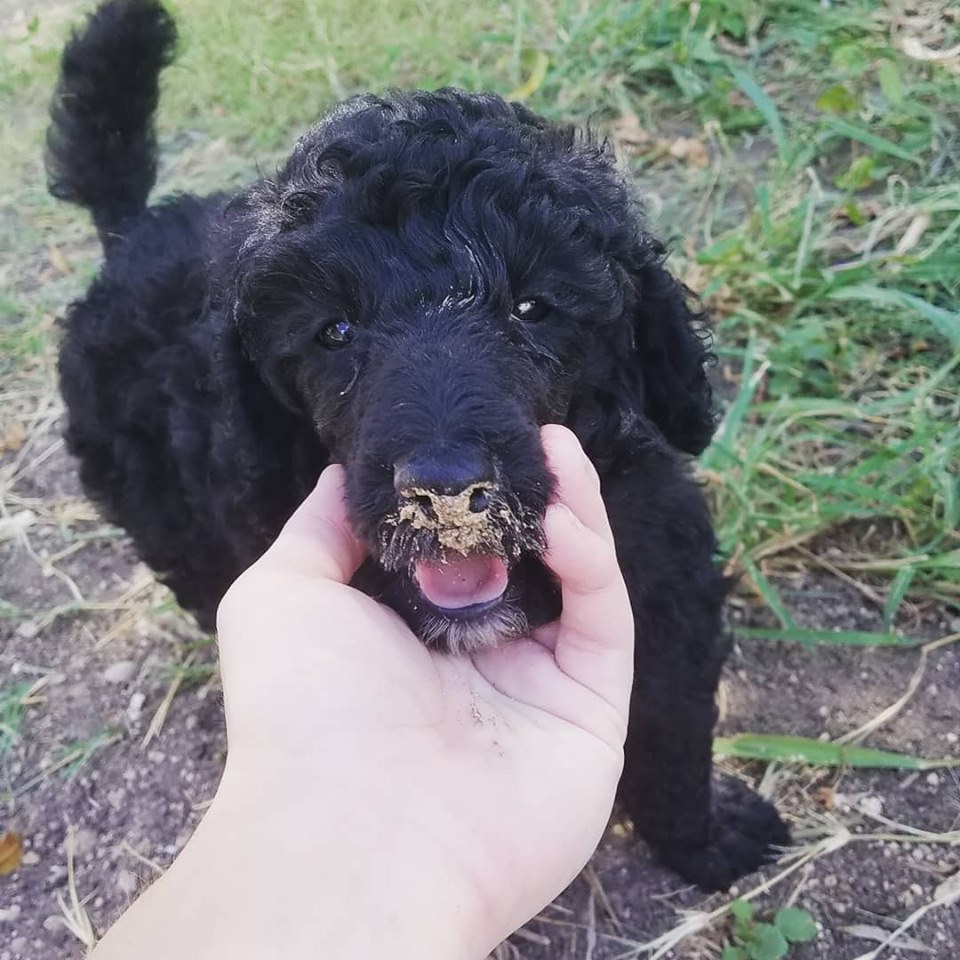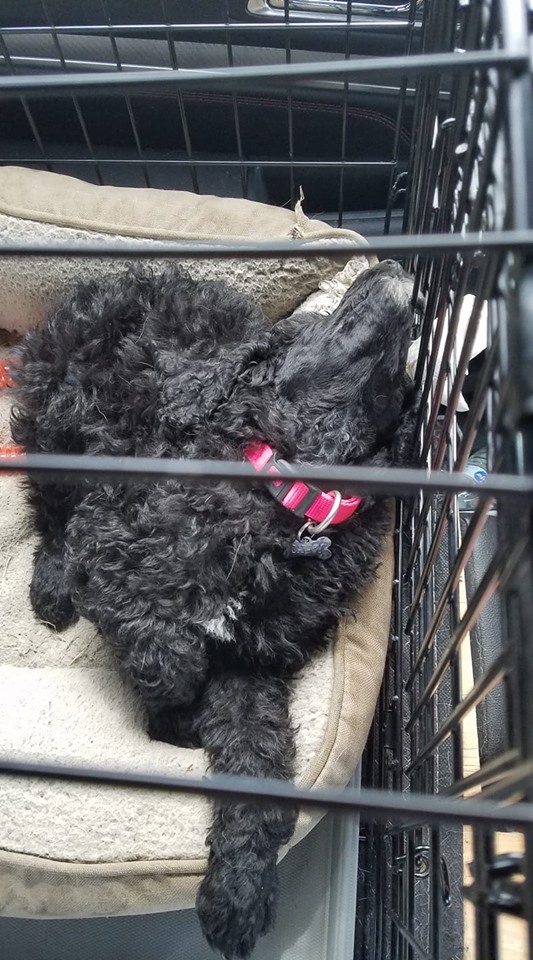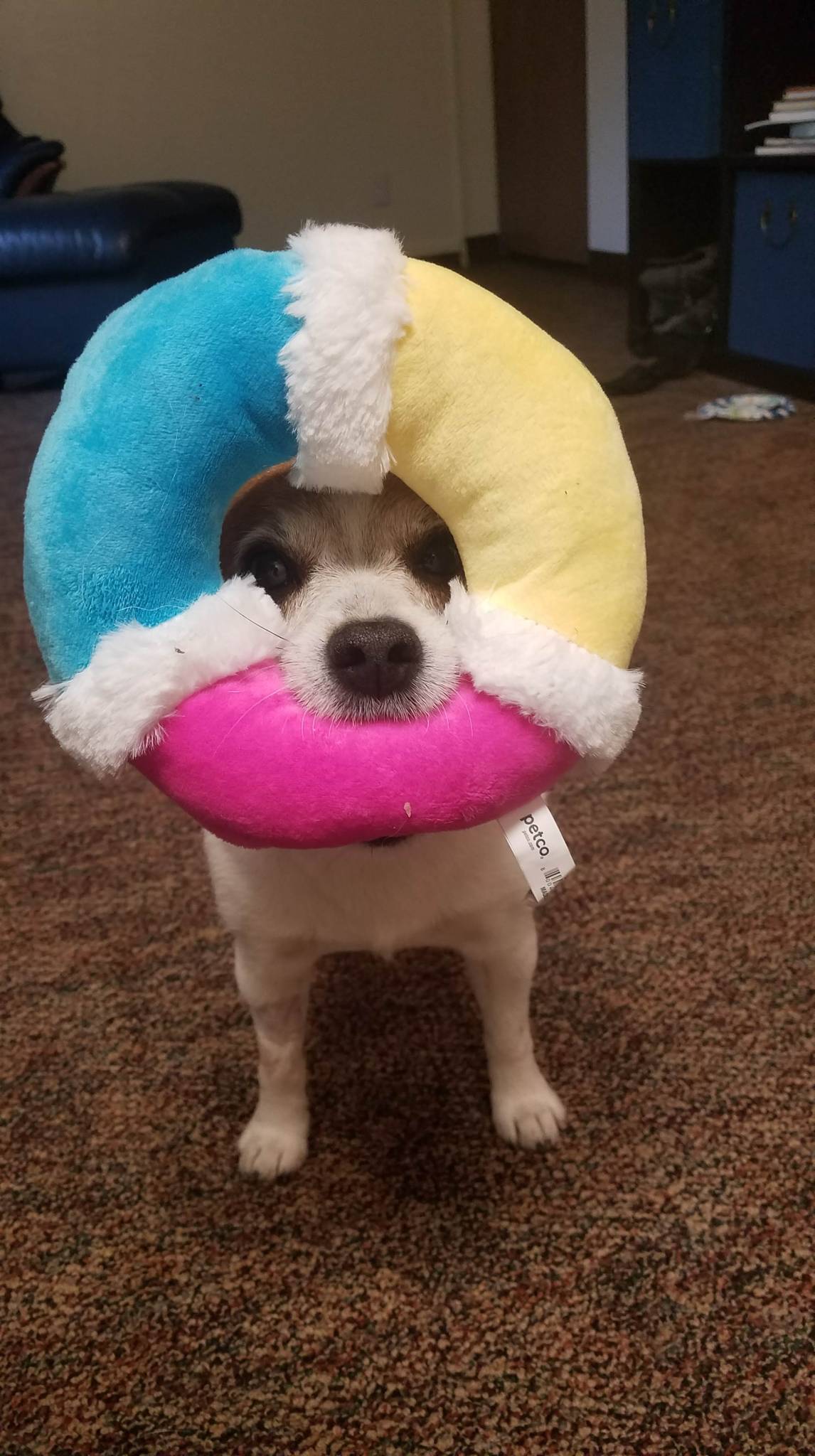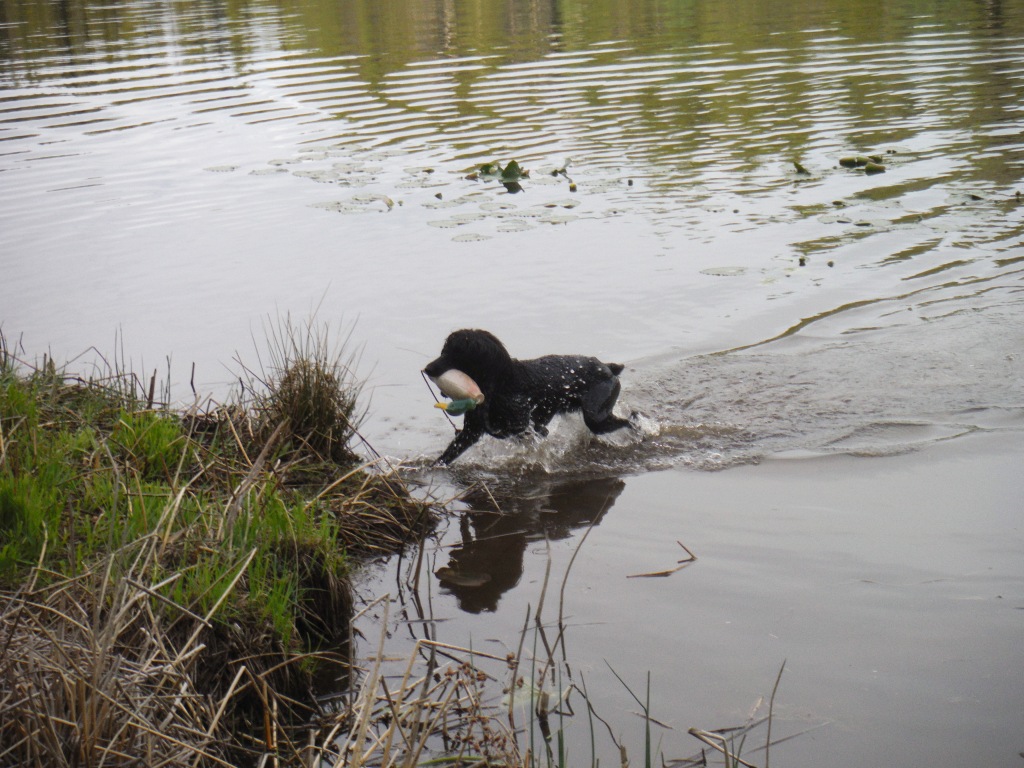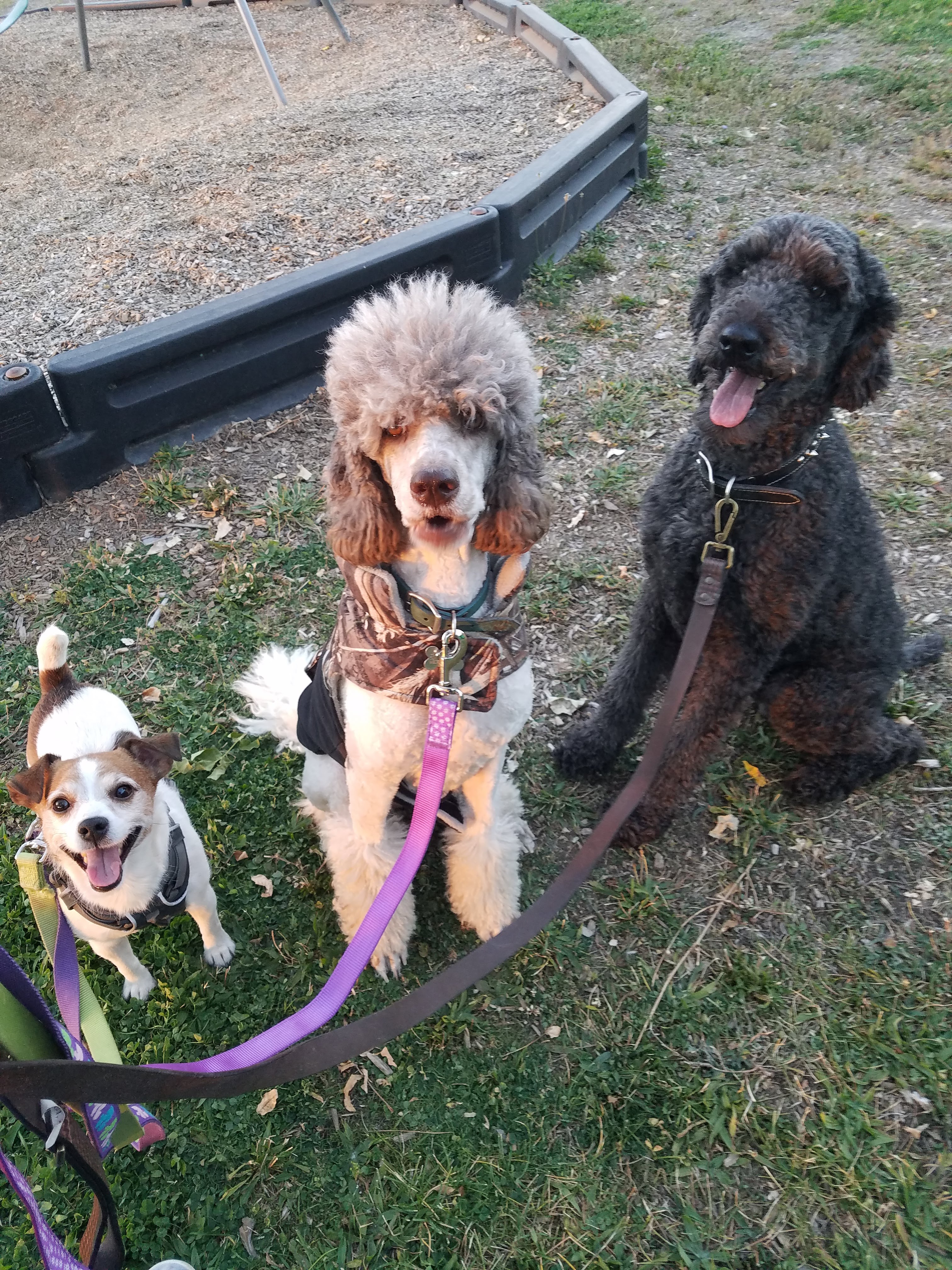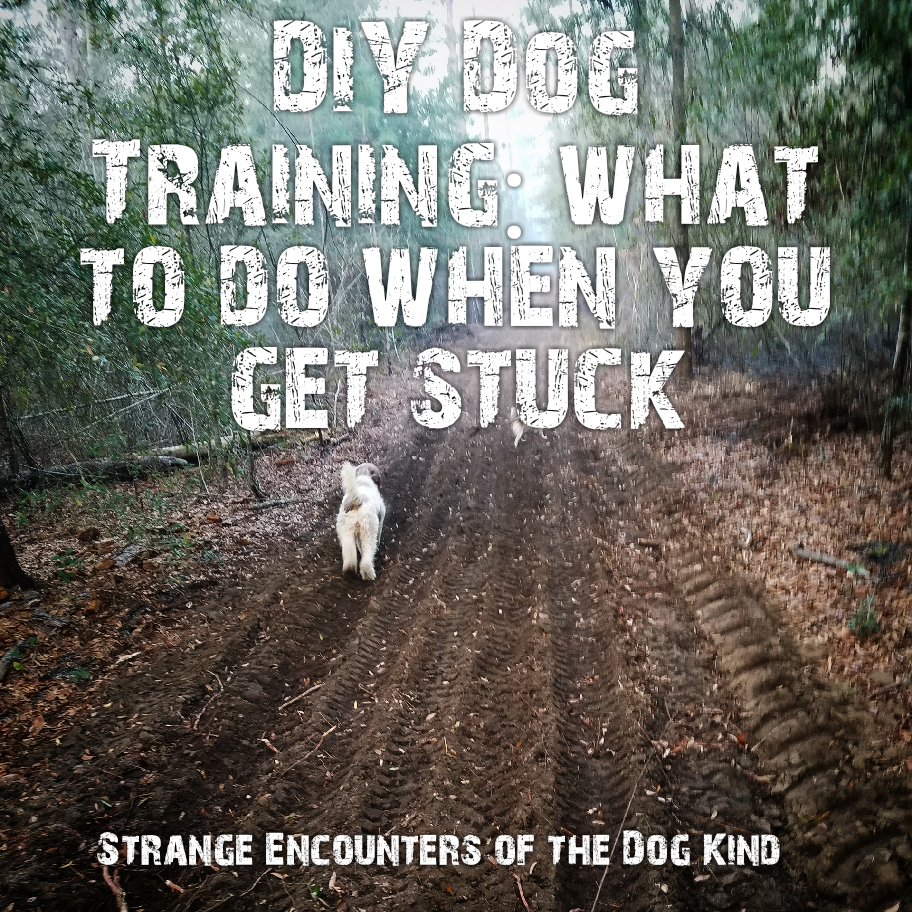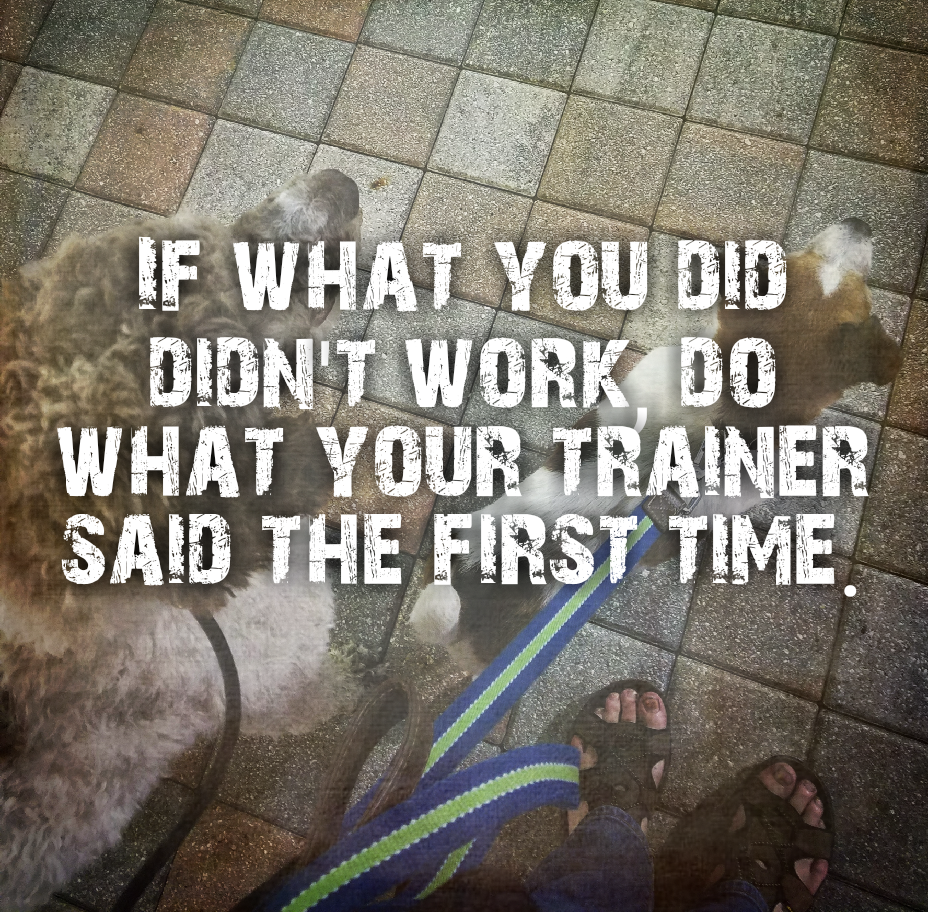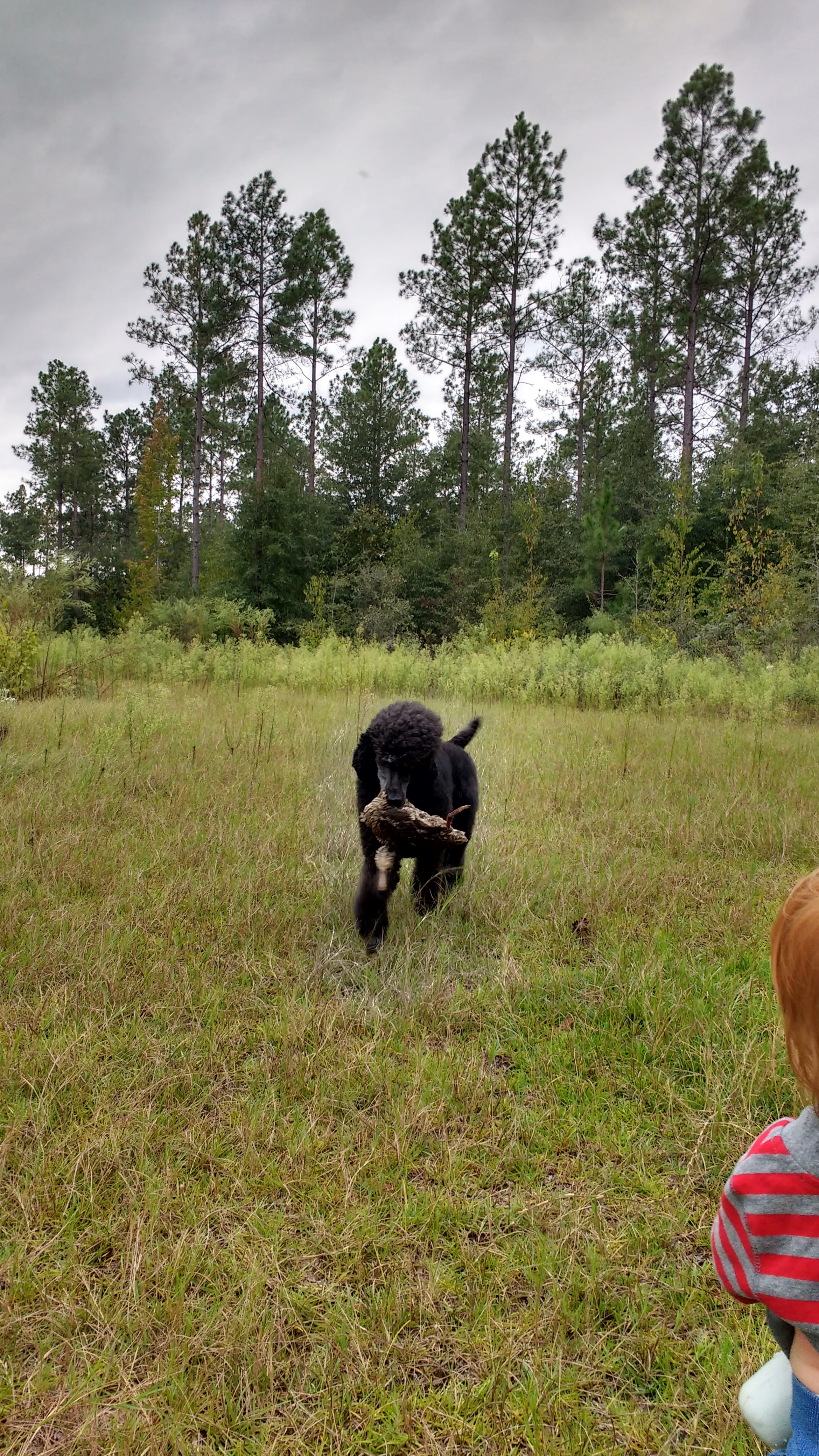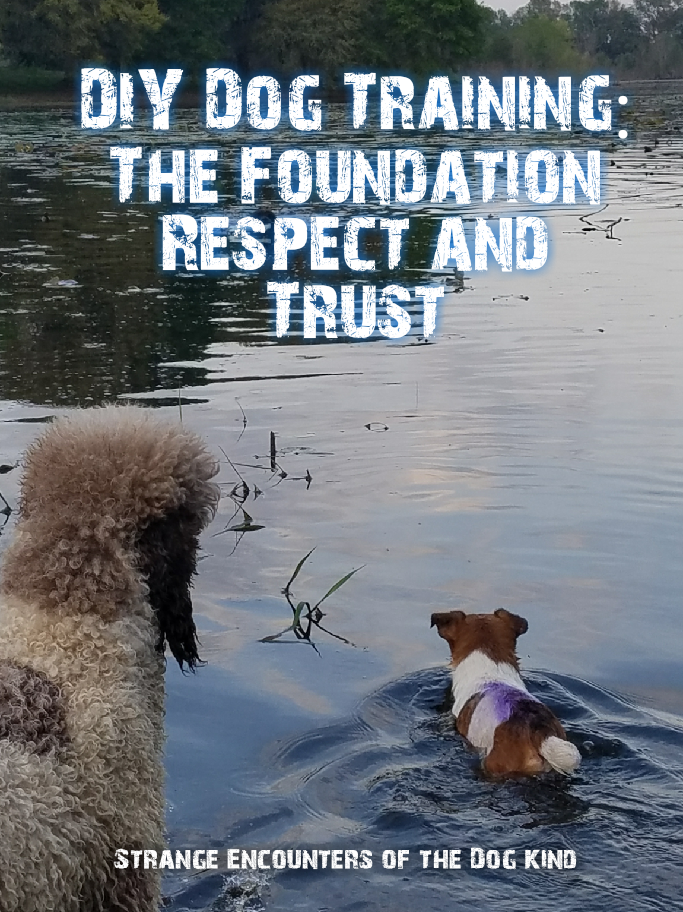
If you haven’t heard yet, you can’t build a house from the roof down. Foundational work is well, foundational. More than behaviors the foundation of your relationship is trust and respect. No matter what method you follow you will hear about trust and respect. You think you know trust and respect but still, I to this day, find it with my own dogs constantly evolving.
When you interact with your dog they’re learning, just like with people. And just like with people trust and respect is gained mutually through time. You have to do things with the dog. Training is a good place to start generally 😉 . Puppies are highly trusting, they have to be, it is survival for them. They trust you to show them how the world works and what happens when certain things happen. Inconsistency breeds confusion and distrust. If for no other reason in training being consistent is the foundation for trust.
Respect is a hard one. Positive only nutcases will make it seem like it’s a dirty word. That a dog will respect someone only if it has been beaten into it. Sane positive only people will realize that you respect your dog and the dog respects you. Respect the fact that the dog is a thinking individual with wants and needs you may not be properly understanding. That is respect. Balanced trainers talk about it a lot too. That is because the dog respects the fact that while I COULD go that far that I won’t. They respect me I respect them.
Across multiple disciplines you’ll find examples of these components in relationship building. Generally games in which the dog is having fun but while the handler remains in control are ideal. Structured games of fetch or tug, where they’re are rules like ‘drop’ and ‘wait’ to follow. When the handler reinforces the rules and rewards appropriately the dog learns these things. On the flip side so does the handler, reading the dog and learning how they tick, growing a deeper trust for the dog maybe allowing a little le-way, respecting that they know the rules and don’t need to be harped on. Again this sort of thing doesn’t happen over night.
Respect and trust are thrown around a lot in the dog training world and I have found every individual thinks of it differently. This is fine as long as you are aware the importance of them. The notion that it is somehow gained when certain goals are obtained is obscene for that reason. Something intangible cannot be gained through a series of exact steps. Dog training is as much of a science as it is an art and no two dogs are the same, just like no to people are the same.
So ask yourself, is this helping me grow trust and respect? Is what I am doing perhaps worth the harm to these things to my dog? Will this help the foundation of our relationship?
There are many times I sit up at night and question what I have done with my dogs and reflect back on what I might do better. There are somethings that I have done for one dog that would shatter another. Each of their relationships is different with me and in different places. I can push one dog in a way I could not push another, challenge them that would cause another to shut down and give up. I take great care that my dogs trust and respect me.
It is important to have respect and trust in your foundation. If you have never questioned why you should, it will help solidify your belief in them. When I let my dogs off leash I trust them to make the right choices but I respect them as individuals with different triggers and thresholds we work on. When I let my dogs interact with strangers, or run in an event, we are a team and unless these things are mutual we struggle to actually work together.
In the end it doesn’t matter what game we are playing that day I always want them to feel the same way towards me. I also want them to also reflect back on the training we have done and perhaps think, in their own dog way, that while it was difficult they learned something and I showed them the way to it. That is how I build trust and respect.
I love hearing how others build trust and respect with their own dogs. Every relationship is different, how do you build trust and respect?
Till next time,
~Happy Tails~


